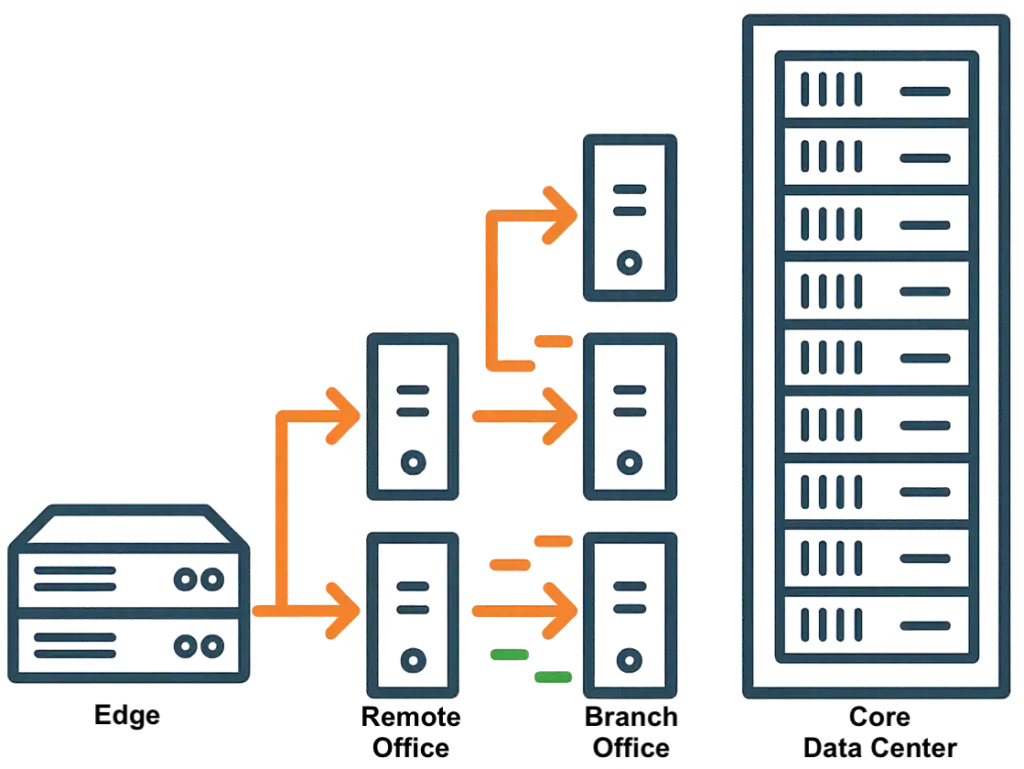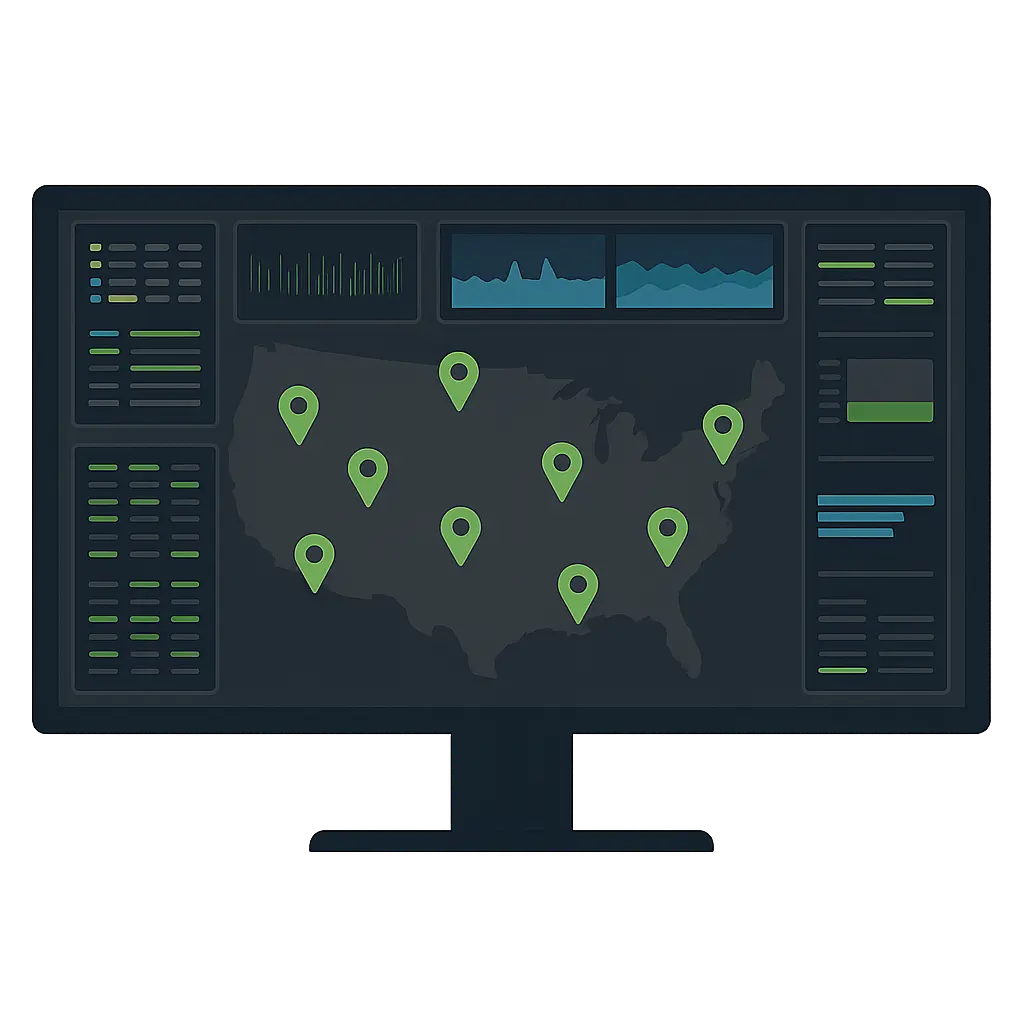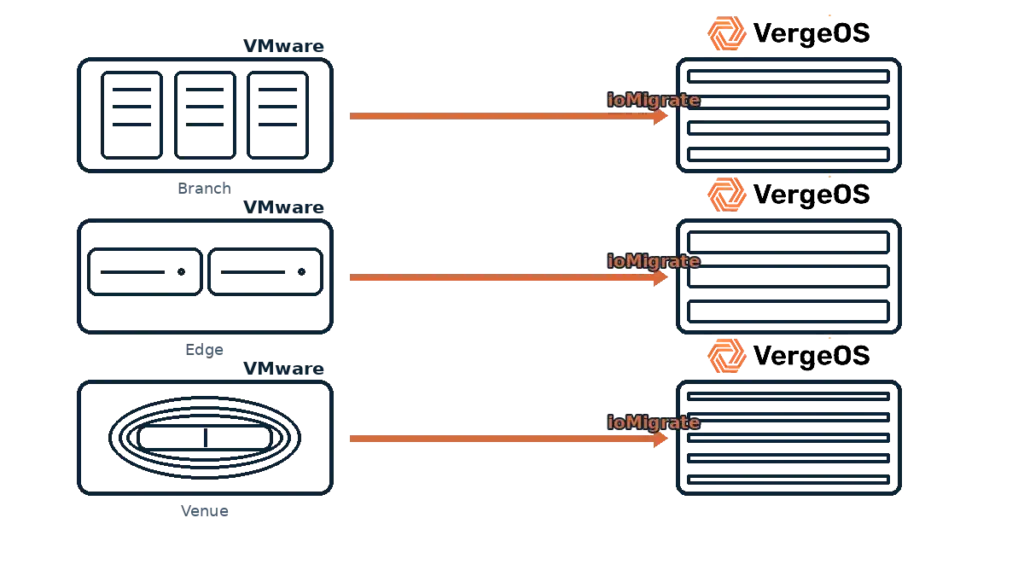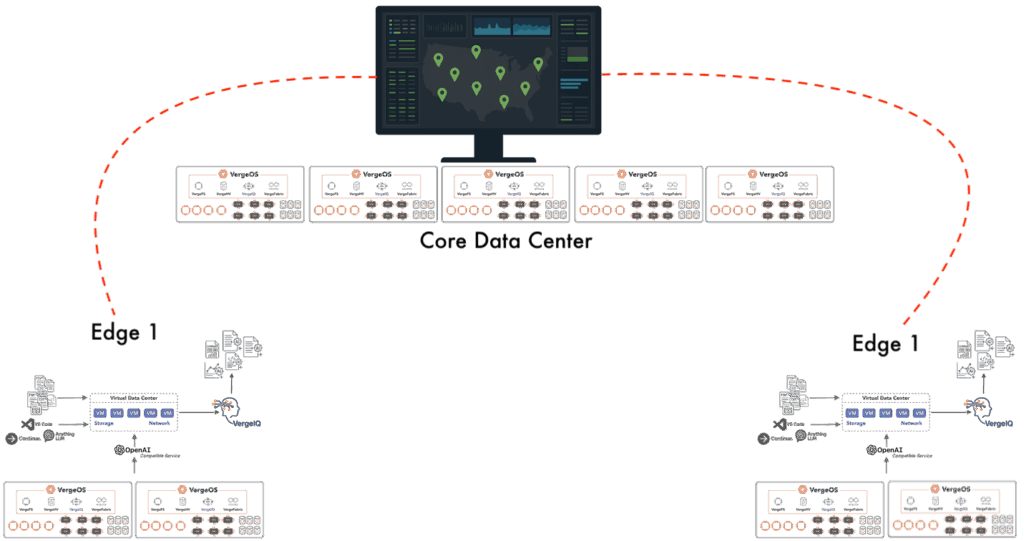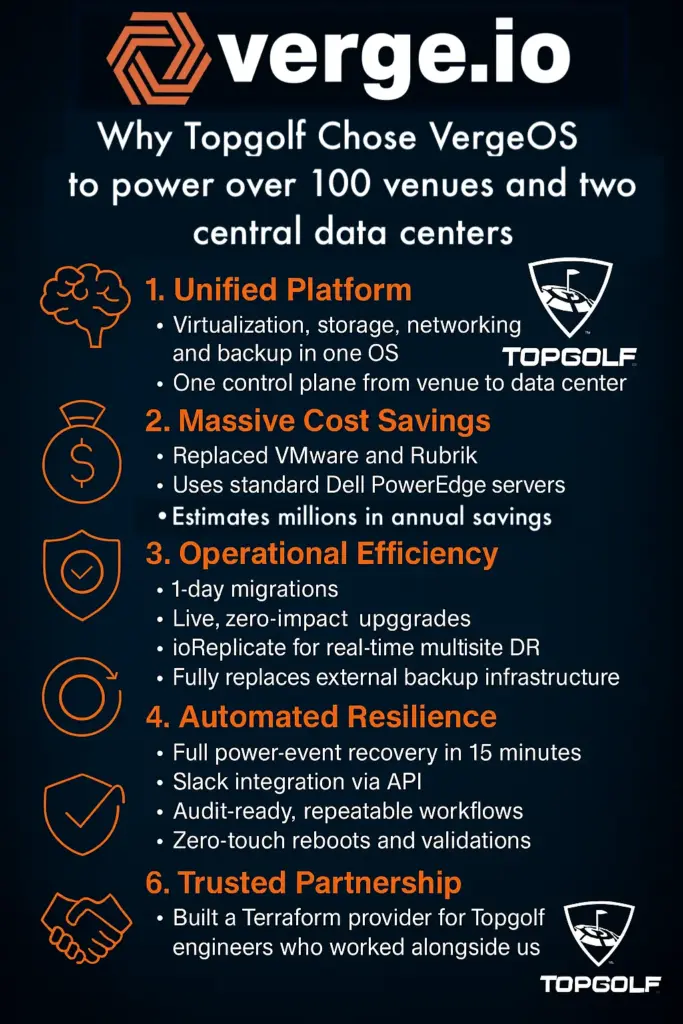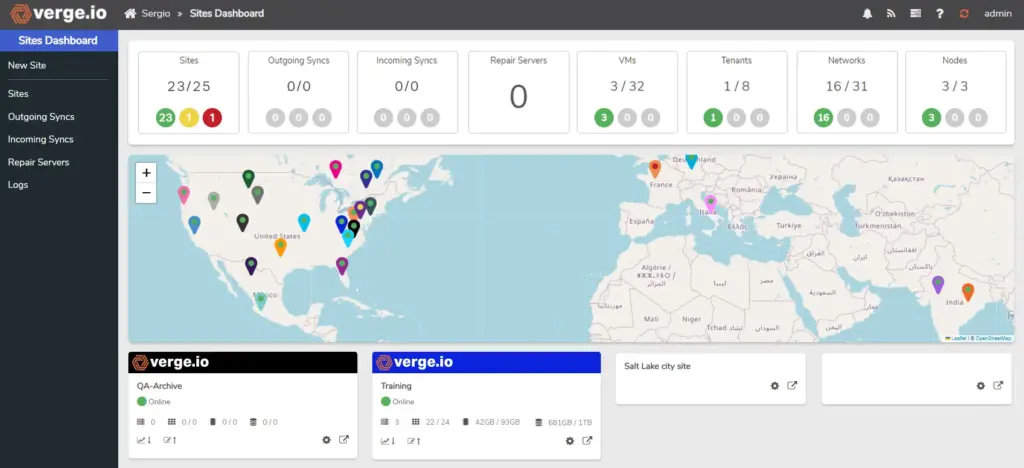The network standardization myth convinces IT leaders that choosing one networking hardware vendor and deploying identical hardware everywhere creates operational simplicity. The theory sounds logical: manage everything through a single interface and reduce complexity through uniformity, but in reality, deployments at scale tell a different story. Single-Vendor Networking adds cost and delay, and it limits the ability to adapt when sites, budgets, and timelines vary.

Where Single-Vendor Networking Breaks Down
Cost exposes the network standardization myth first. A single name-brand adds a premium at every site, as licenses, feature tiers, and “smart” subscriptions stacked onto the price and support contracts, raise the run rate each year. Edge locations rarely need every feature on a datasheet, and off-the-shelf switches and routers with basic L2/L3, VLANs, ACLs, and QoS meet the need at a lower cost when networking policy can be applied across hardware.
Pricing varies by region and quarter, and big brands tie discounts to volume and ELAs that small sites seldom reach, resulting in higher costs. Freight, currency, and local channel margins widen the gap, while commodity gear from local resellers keeps costs down and ships faster. The feature set may be smaller, but SDN supports advanced policies, so operations remain consistent.
Refresh and lifecycle add more cost. End-of-sale notices prompt fleet swaps to maintain support, and feature reshuffles necessitate new SKUs even when ports and speeds remain the same. Working gear leaves the rack to preserve a logo, but with SDN above the hardware, teams keep simpler devices longer and replace them based on price and availability, not branding.
Mergers add more drift. Acquired sites run other brands that work, and ripping them out raises risk and cost. Retrofits also hit space and power limits that a “standard” chassis cannot meet, and compliance rules may require features a niche model provides while the chosen vendor does not.
SDN: The Alternative to Single Vendor Networking
Software-defined networking addresses the network standardization myth by moving control into software, allowing switches and routers to focus on transport while maintaining consistent policy and visibility across different brands. Teams learn one model and apply it everywhere, training drops and rollouts speed up, and purchasing shifts from “the” box to “a” fit-for-purpose box that is available now.
Disaster recovery is simplified because the organization no longer needs to build for separate scenarios for each hardware mix at remote sites. As a result, one runbook covers failover, testing, and return to service across locations.
The promise of standardization is consistent operations, and SDN delivers that consistency through abstraction, not uniform metal.
Why didn’t SDN bust the single-vendor networking myth?
Early SDN shipped as a separate software stack. Teams had to deploy and run a second platform next to existing networks. Installation was complex, with custom designs, hardware matrices, and site-by-site tuning. Licensing and services were expensive, so many stayed with one hardware brand to keep risk predictable.
What is needed now is SDN integrated into a data center operating system. Integration enables automatic installation, simplifies learning and daily operations, and reduces costs.
VergeOS: One Platform For Core And Edge
VergeOS is the Data Center Operating System. It combines four integrated components:
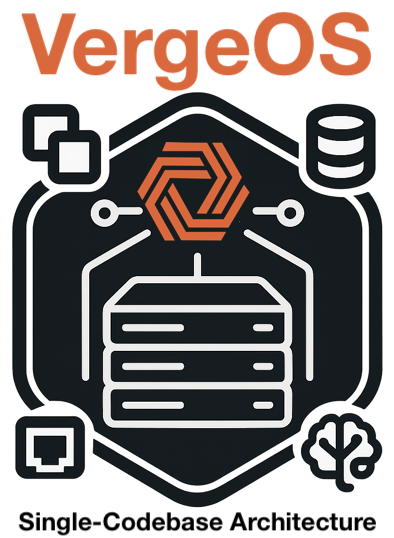
- VergeHV for virtual machines and containers with low overhead
- VergeFS for a global file system with inline, always-on deduplication across the cluster so data does not rehydrate when it moves across hosts or tiers
- VergeFabric for secure, segmented connectivity across sites and clouds
- VergeIQ for private AI pipelines, GPU pooling, and model hosting. These parts share a single control plane, so policies span compute, storage, and networking. A change in one layer is immediately visible to the others without requiring bolt-on tools.
Eliminate Single Vendor Networking and Exit VMware
VergeOS runs on standard x86 servers. Many customers reuse existing hosts and storage while they phase out VMware licensing at their pace. VergeHV supports all workloads and maintains a simple operational model. VergeFS absorbs current datasets with global deduplication to reduce footprint and accelerate protection jobs. VergeFabric maps existing VLANs and segments into software, allowing teams to avoid large switch swaps on day one.
Procurement Flexibility Without Chaos
With VergeFabric in place, switching and routing brands become choices, not constraints, and sites buy what is available and supported locally. Operations still look the same because policy resides in software, and VergeFS breaks storage lock-in by supporting mixed media and tiers across nodes, allowing capacity to be added based on what the region stocks and what the budget allows.
Ready For Private AI At The Edge And The Core
VergeIQ consolidates scattered GPUs into a pooled resource, allowing teams to assign GPUs to jobs across clusters without incurring vendor-specific vGPU taxes. Training runs in the core, where power and scale are key, inference runs at the edge, where latency is crucial, and data remains under corporate control. VergeFS feeds AI pipelines from a single namespace with high dedupe ratios to reduce read and write pressure, and VergeFabric carries encrypted, segmented traffic for data sync and model updates. There are no unexpected cloud costs associated with token utilization.
One Design, All Footprints, No Single Vendor Networking

Enterprises need scale in the core and small footprints at the edge, and VergeOS supports both with the same software. In the enterprise core, large clusters host many workloads with multi-tenant isolation and high throughput, VergeHV schedules compute densely, VergeFS spreads data with balanced placement and fast rebuilds, and VergeFabric segments production, management, and replication traffic. At the compact edge, clusters run on a few nodes with tight power and space; the same policies apply. VergeFabric builds site-to-site tunnels and prefers the least-cost paths, and VergeFS keeps datasets small through global deduplication to help across slower WAN links, ensuring consistent operations between sites.
Field Proof
Topgolf runs more than 100 venues with different local realities, and their VergeOS deployment delivers the same network and storage behavior across mixed gear. The team buys what ships in each region, keeps the schedule, and avoids forklift work during expansions and acquisitions because control lives in software, not in a label on a faceplate. Retail, manufacturing, and entertainment groups report the same pattern as they source by region, integrate legacy lines, and still operate from a single playbook.
Why This Model Beats Single Vendor Networking
The network standardization myth promises simplicity but adds risk and cost at scale, while SDN returns control to software and opens hardware choice. Teams can also rethink the edge for ROBO sites and keep a central operational model that spans sites and vendors. VergeOS extends the benefits of SDN to compute and storage, enabling teams to exit VMware, retain more of the hardware they own, align purchases with local supply and pricing, and follow a ready path to private AI from the core to the edge under one platform.
Next Steps to Eliminating Single Vendor Networking
- For more insights on multi-site infrastructure strategies, read our comprehensive guide: Multi-Site VMware Alternative Strategy.
- See how Topgolf implemented the multi-site approach across 100+ venues in our detailed case study and on-demand webinar.
- Read our White Paper, Revisiting SDN

